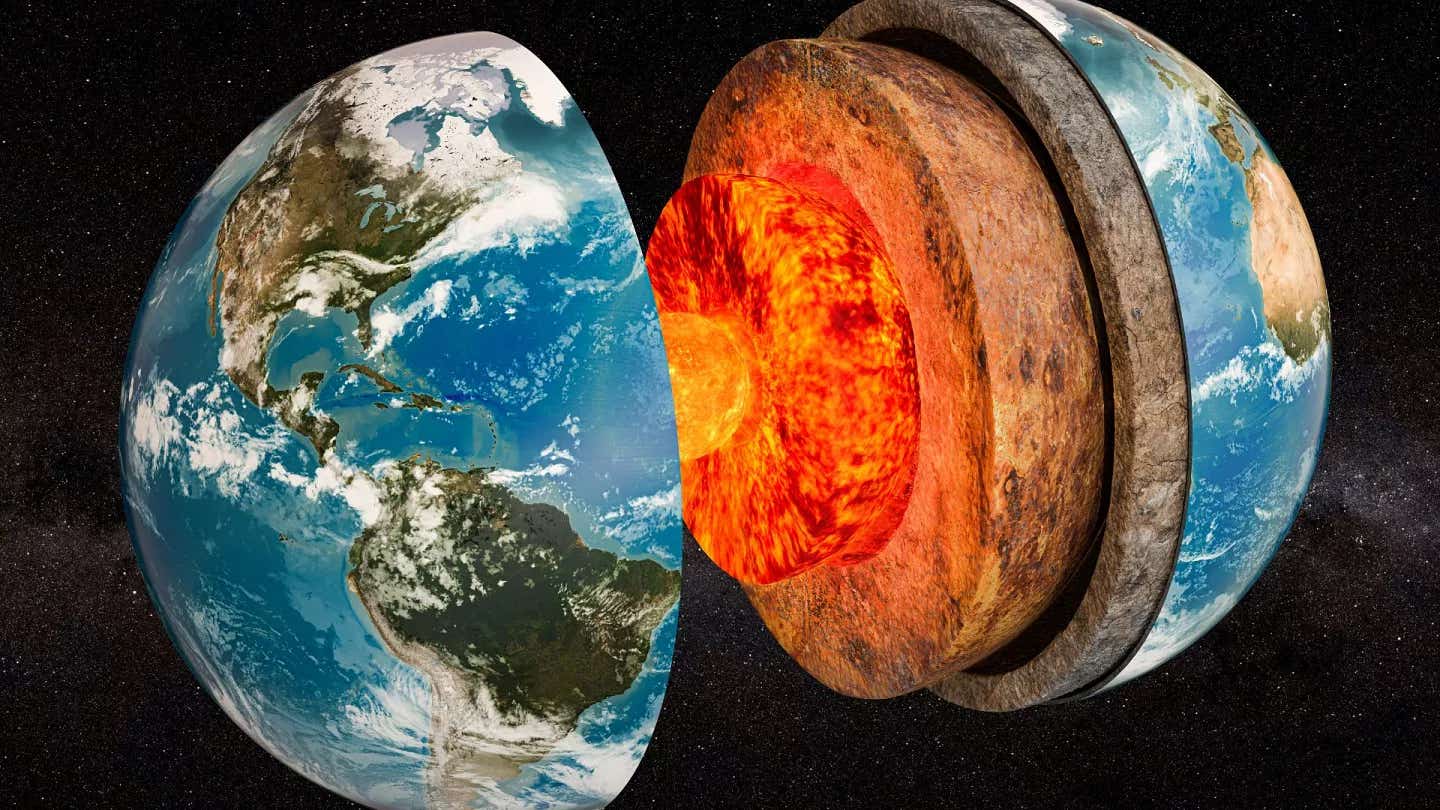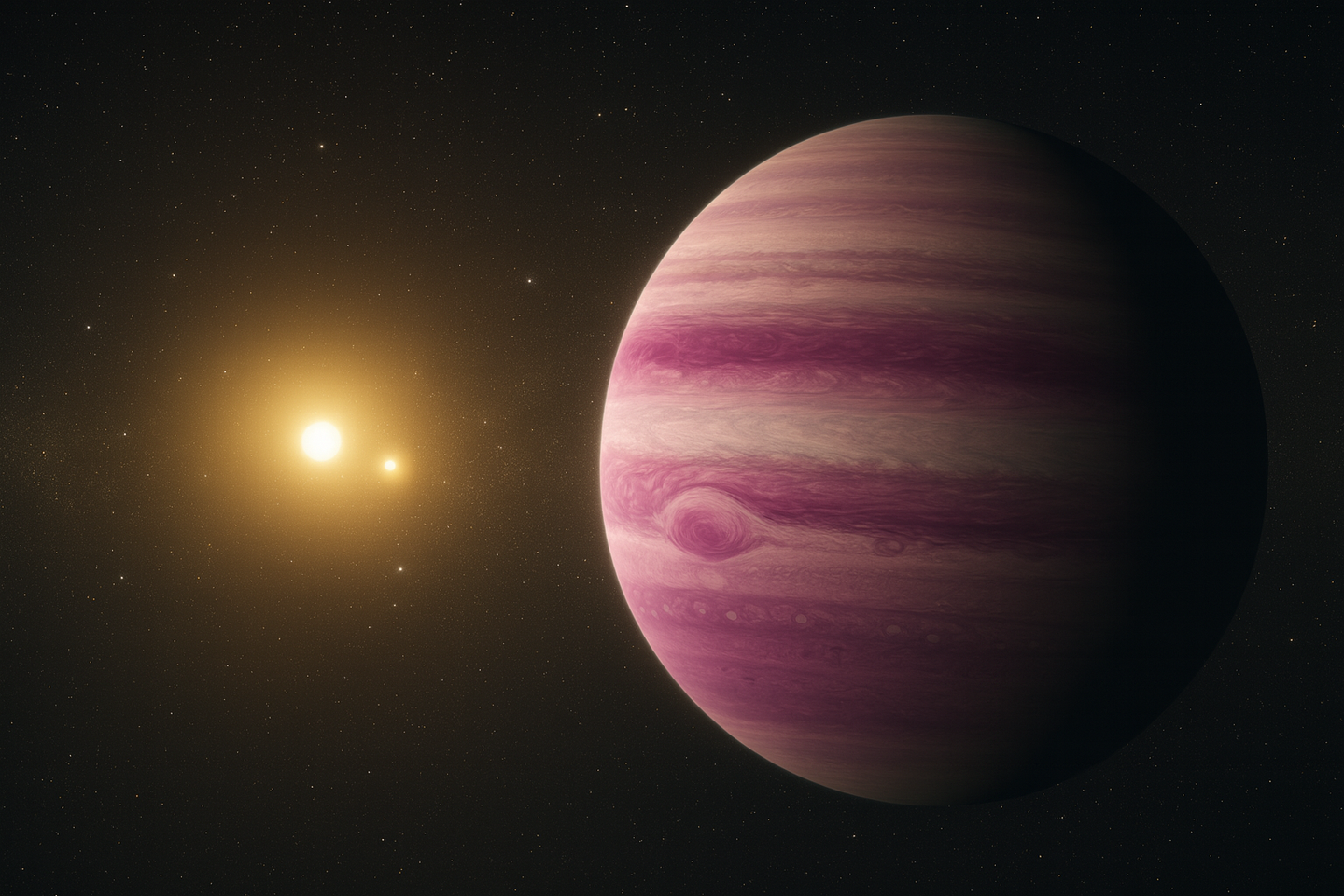Groundbreaking study confirms the rotation of Earth’s inner core has slowed down
This new research by USC scientists provides compelling evidence that around 2010, the inner core began to slow down.

In a groundbreaking study, researchers from the University of Southern California (USC) have discovered that the Earth's inner core is slowing down in its rotation relative to the planet's surface. This discovery, published in Nature, could reshape our understanding of the inner workings of our planet.
For two decades, scientists have debated the movement of the Earth’s inner core. Some studies suggested it rotates faster than the Earth's surface. However, this new research by USC scientists provides compelling evidence that around 2010, the inner core began to slow down, moving at a slower pace than the Earth's surface.
John Vidale, Dean’s Professor of Earth Sciences at USC Dornsife College of Letters, Arts and Sciences, shared his initial reaction to the findings: “When I first saw the seismograms that hinted at this change, I was stumped,” he said. “But when we found two dozen more observations signaling the same pattern, the result was inescapable. The inner core had slowed down for the first time in many decades. Other scientists have recently argued for similar and different models, but our latest study provides the most convincing resolution.”
To grasp the significance of this discovery, it's essential to understand the role and composition of the Earth's inner core. The inner core is a solid sphere composed mainly of iron and nickel. It is roughly the size of the moon and is situated over 3,000 miles beneath the Earth's surface. This sphere is encased by a liquid outer core, also made of iron and nickel, which flows around it. This inner core is critical to generating the Earth's magnetic field due to the dynamo effect created by the flow of the outer core.
The concept of the inner core "backtracking" means that it is now rotating more slowly relative to the Earth's mantle than it has in the past 40 years. Essentially, while it is still turning, it is not doing so as swiftly as it used to when compared to the outer layers of the Earth.
Studying the inner core is incredibly challenging because it cannot be directly observed or visited. Instead, scientists rely on seismic waves generated by earthquakes to infer the inner core’s behavior. These waves travel through the Earth and provide data that researchers use to create models of the inner core's movement.
Related Stories
In their study, Vidale and Wei Wang of the Chinese Academy of Sciences used seismic waveforms from repeating earthquakes. Repeating earthquakes are seismic events that occur at the same location and generate similar seismograms each time they happen. This repetitive nature makes them ideal for studying changes in the inner core's rotation over time.
The researchers analyzed seismic data from 121 repeating earthquakes near the South Sandwich Islands, covering a period from 1991 to 2023. They also incorporated data from nuclear tests conducted by the Soviet Union between 1971 and 1974 and by France and the United States in other studies of the inner core.
Why is the Inner Core Slowing Down?
Vidale explains that the slowing of the inner core is likely due to interactions with the surrounding liquid iron outer core and gravitational forces from dense regions in the rocky mantle above. These interactions create a complex dance that affects the core’s rotation speed.
This discovery raises questions about how changes in the inner core’s rotation might impact the Earth’s surface. Although Vidale suggests that the effect on day length would be minimal, altering it by only a thousandth of a second, he acknowledges that even such small changes could be significant when considering the Earth's overall dynamics. “It’s very hard to notice, on the order of a thousandth of a second, almost lost in the noise of the churning oceans and atmosphere,” he said.
The team at USC is eager to continue exploring the intricacies of the inner core’s movements. Their future research aims to map the inner core's rotation in even finer detail, which could help to better understand the forces driving these changes.
“The dance of the inner core might be even more lively than we know so far,” Vidale remarked. This metaphorical dance highlights the dynamic nature of our planet’s interior and underscores the ongoing efforts to uncover its secrets.
The findings of this study are significant because they provide new insights into the Earth's internal processes. Understanding how the inner core moves and interacts with other layers of the Earth can help scientists predict future changes in the planet's magnetic field and rotational dynamics. These predictions could have implications for everything from satellite navigation to understanding the Earth's long-term climate patterns.
As research continues, the scientific community will be watching closely to see what further revelations emerge from the depths of the Earth’s core. The work of Vidale and Wang not only answers longstanding questions but also opens new avenues of inquiry into the Earth's most mysterious regions.
The discovery that the Earth's inner core is slowing down in its rotation relative to the surface is a milestone in geophysical research. This finding sheds light on the complex interplay between the Earth's core and its other layers. As scientists delve deeper into this phenomenon, we can anticipate a more detailed understanding of the Earth's inner workings and its broader implications for our planet.
For more green news stories check out our Green Impact section at The Brighter Side of News.
Note: Materials provided above by The Brighter Side of News. Content may be edited for style and length.
Like these kind of feel good stories? Get the Brighter Side of News' newsletter.



